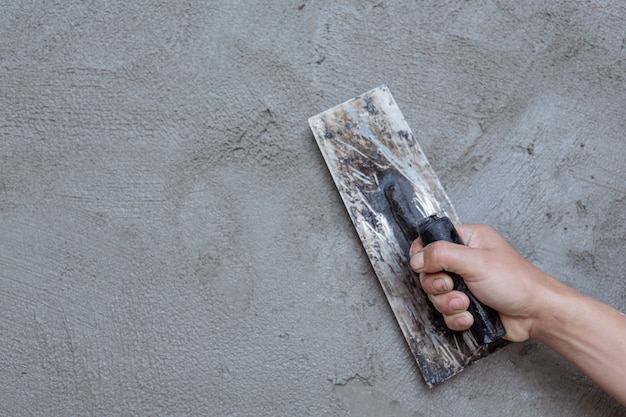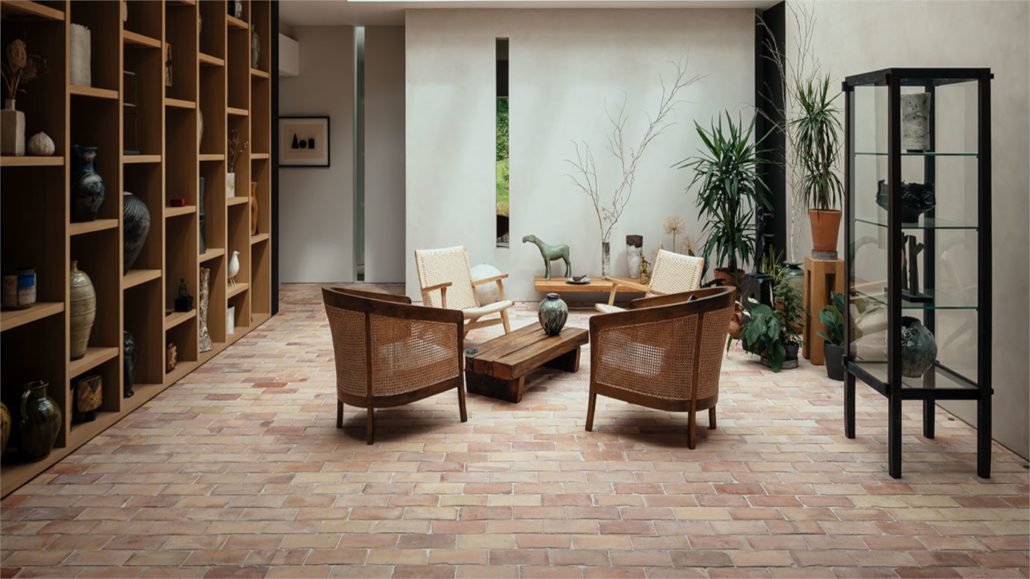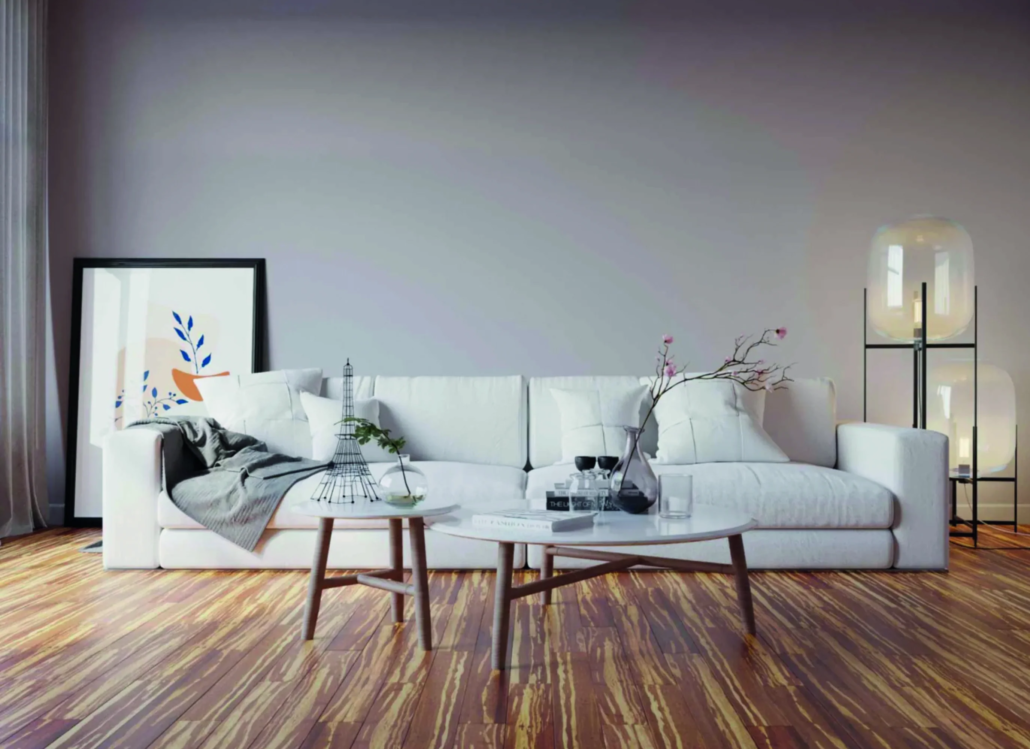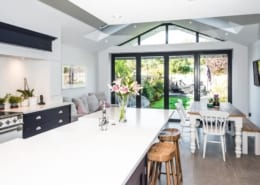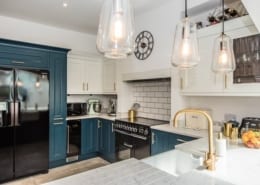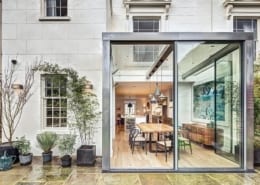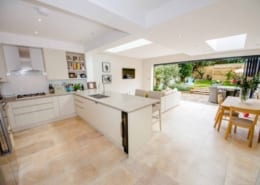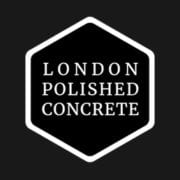3 Minute Read
Microcement, a versatile and innovative material, has rapidly become a cornerstone in contemporary architecture and design. Its seamless application, durability, and aesthetic charm have rendered it indispensable across an array of spaces, transcending the boundaries between residential, commercial, and public environments. In this article, we delve into the multifaceted applications of microcement across various settings, exploring its transformative capabilities and the diverse clientele it serves.
Understanding Microcement
Microcement, also known as microtopping or microconcrete, is a polymer-modified cementitious coating that adheres seamlessly to a multitude of surfaces. Comprising cement, fine aggregates, polymers, and additives, microcement creates a thin yet robust layer, revolutionizing the way surfaces are adorned and protected. Microcement exhibits impressive technical characteristics, making it a preferred choice for architects, designers, and builders. Here are some key specifications:
- Compressive Strength: Microcement typically boasts a compressive strength ranging from 20 to 30 MPa, ensuring resilience against heavy loads and foot traffic.
- Flexural Strength: With a flexural strength of approximately 7 to 10 MPa, microcement maintains structural integrity even under bending stresses, making it suitable for various applications.
- Thickness: Microcement coatings are applied in thin layers, typically ranging from 2 to 3 millimeters, minimizing weight and material usage while maximizing versatility.
- Life Expectancy: When properly installed and maintained, microcement surfaces can endure for decades, offering long-term performance and durability.
Microcement Finishes
Microcement typically provide a sleek, contemporary look that is highly versatile and adaptable to various design aesthetics.
Depending on the chosen finish and application technique, microcement can offer different visual effects:
- Smooth and Seamless: Microcement can achieve a seamless finish that creates the illusion of expansiveness, making spaces appear larger and more open. This smooth surface lends a modern and sophisticated look, perfect for minimalist interiors seeking a clean and uncluttered aesthetic.
- Textured and Artistic: Alternatively, microcement can be applied with textured finishes, adding depth and character to surfaces. These textured surfaces can range from subtly rippled to boldly sculptural, providing visual interest and tactile appeal. This artistic approach is ideal for spaces looking to make a statement or evoke a specific mood.
- Natural and Organic: With the right application techniques and color choices, microcement can mimic the look of natural materials such as stone or concrete. This organic aesthetic adds warmth and authenticity to interiors, creating a harmonious blend between the built environment and the natural world.
- High Gloss or Matte: Microcement finishes can vary from high gloss to matte, offering different levels of sheen and reflectivity. High gloss finishes impart a sense of luxury and elegance, while matte finishes evoke a more subdued and understated vibe. The choice between these finishes depends on the desired ambiance and style preferences of the space.
Typical Microcement Uses
Residential Spaces
1. Flooring and Walls:
In residences, microcement offers a contemporary alternative to traditional flooring and wall finishes. Its versatility allows for seamless integration in living rooms, kitchens, bathrooms, and bedrooms, elevating spaces with its sleek, modern aesthetic. Whether opting for a smooth, polished finish or a textured, artisanal look, homeowners embrace microcement for its durability and low maintenance.
2. Outdoor Areas:
Microcement extends its charm beyond indoor spaces to outdoor areas such as patios, balconies, and terraces. Resistant to weathering and UV rays, microcement surfaces retain their beauty even in the face of harsh elements, providing a durable and visually appealing solution for outdoor living spaces.
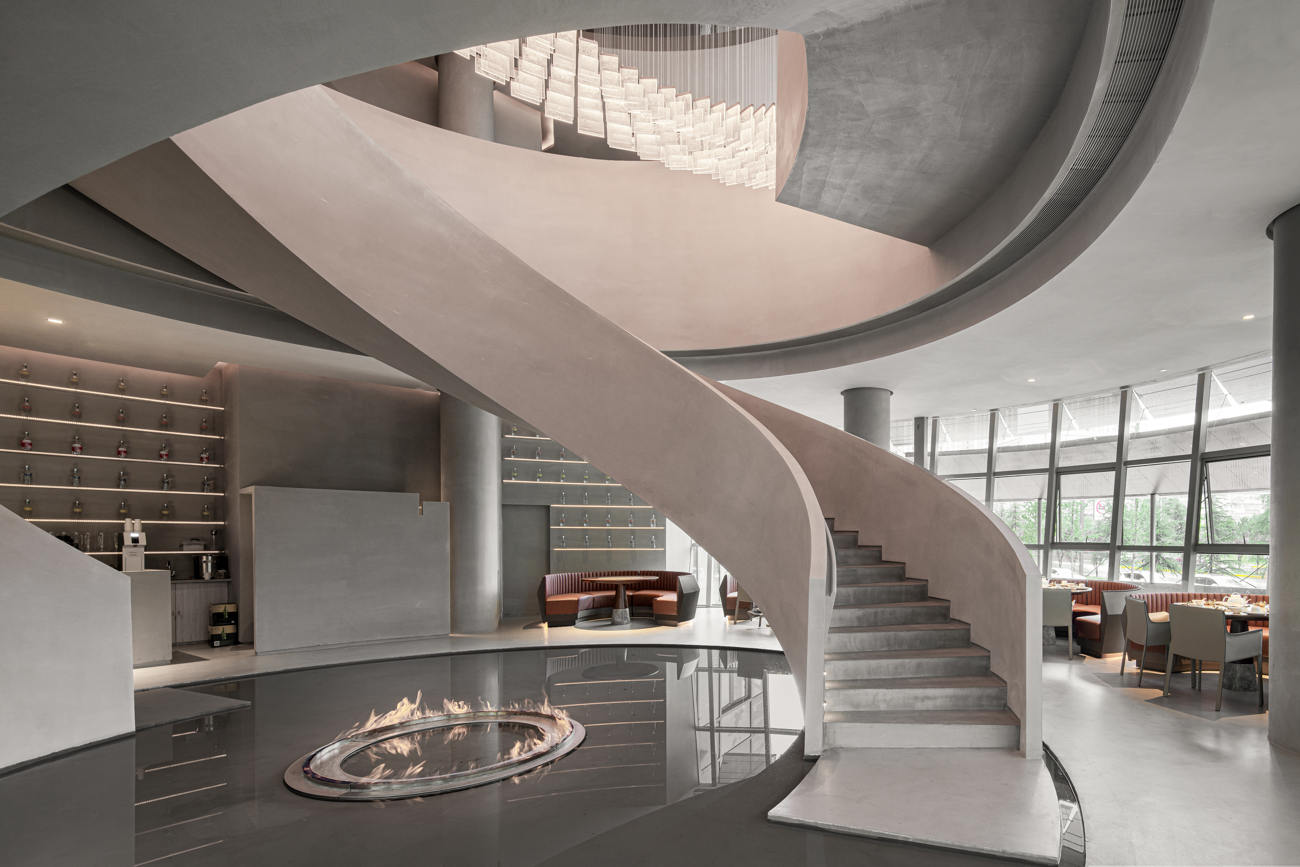
Commercial and Public Spaces
1. Hospitality Sector:
Hotels, resorts, and hospitality venues leverage microcement to create captivating environments that leave a lasting impression on guests. From lobbies and reception areas to spa facilities and pool decks, microcement surfaces contribute to a luxurious ambiance while withstanding the rigors of high-traffic environments.
2. Educational Institutions:
Microcement finds application in educational settings, where durability and aesthetics are paramount. Schools, colleges, and universities utilize microcement for flooring and wall finishes in classrooms, corridors, and common areas, creating conducive learning environments that inspire creativity and productivity.
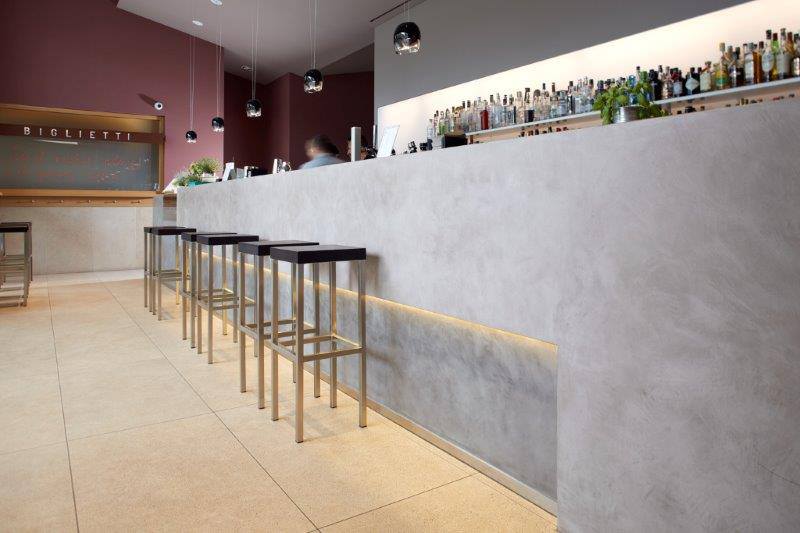

Artistic and Recreational Spaces
1. Art Galleries and Museums:
Art galleries and museums harness the versatility of microcement to showcase exhibits in a visually striking yet understated manner. Microcement floors and walls provide a neutral backdrop that allows artwork to take center stage, while their durability ensures longevity in high-traffic exhibition spaces.
2. Sports and Recreation Facilities:
From gymnasiums and fitness studios to sports arenas and recreational centers, microcement surfaces withstand the demands of athletic activities while enhancing the overall aesthetic appeal of the space. Their seamless finish and customizable colors contribute to a dynamic and energizing atmosphere for participants and spectators alike.
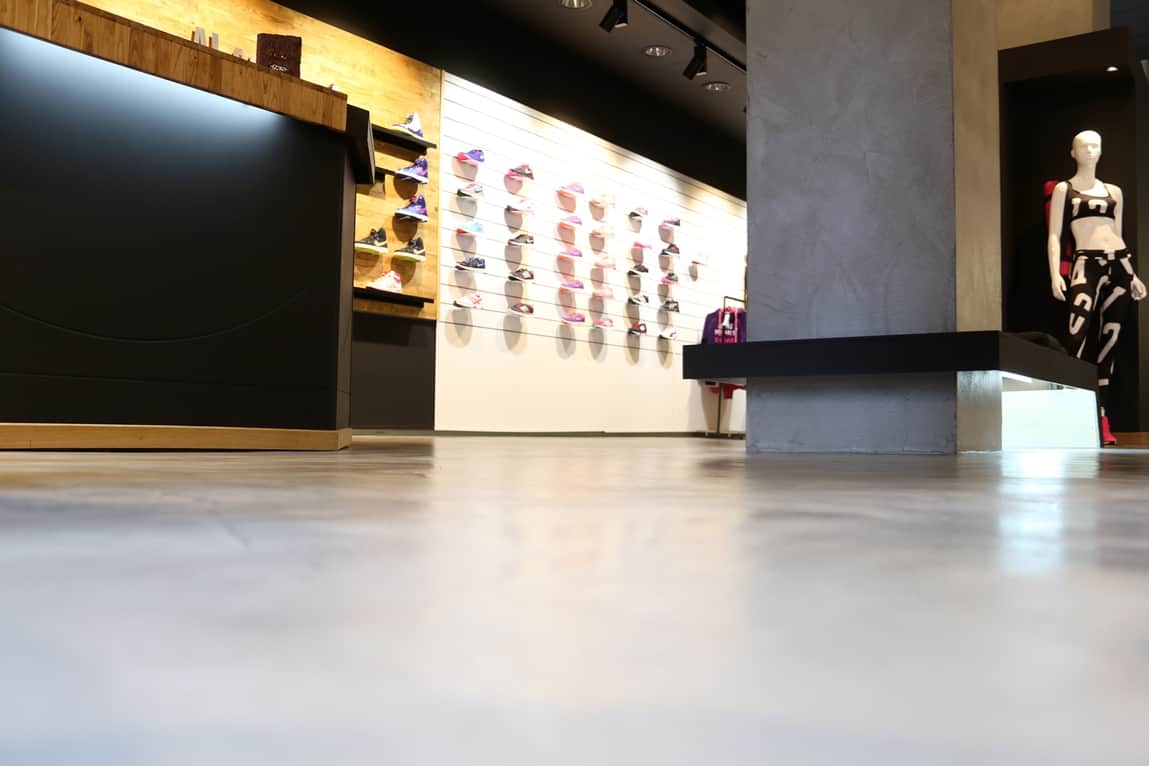
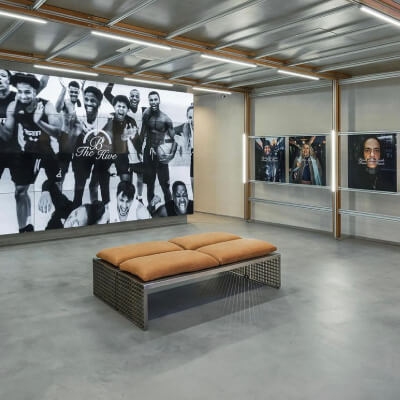
Embrace Microcement with London Polished Concrete
Are you ready to explore the transformative potential of microcement for your next project? Contact us today to discover a wide range of microcement flooring options tailored to your unique needs and preferences. Our expert team will guide you through the selection process and ensure seamless installation, bringing your design vision to life with unmatched craftsmanship and quality. Contact us now!

